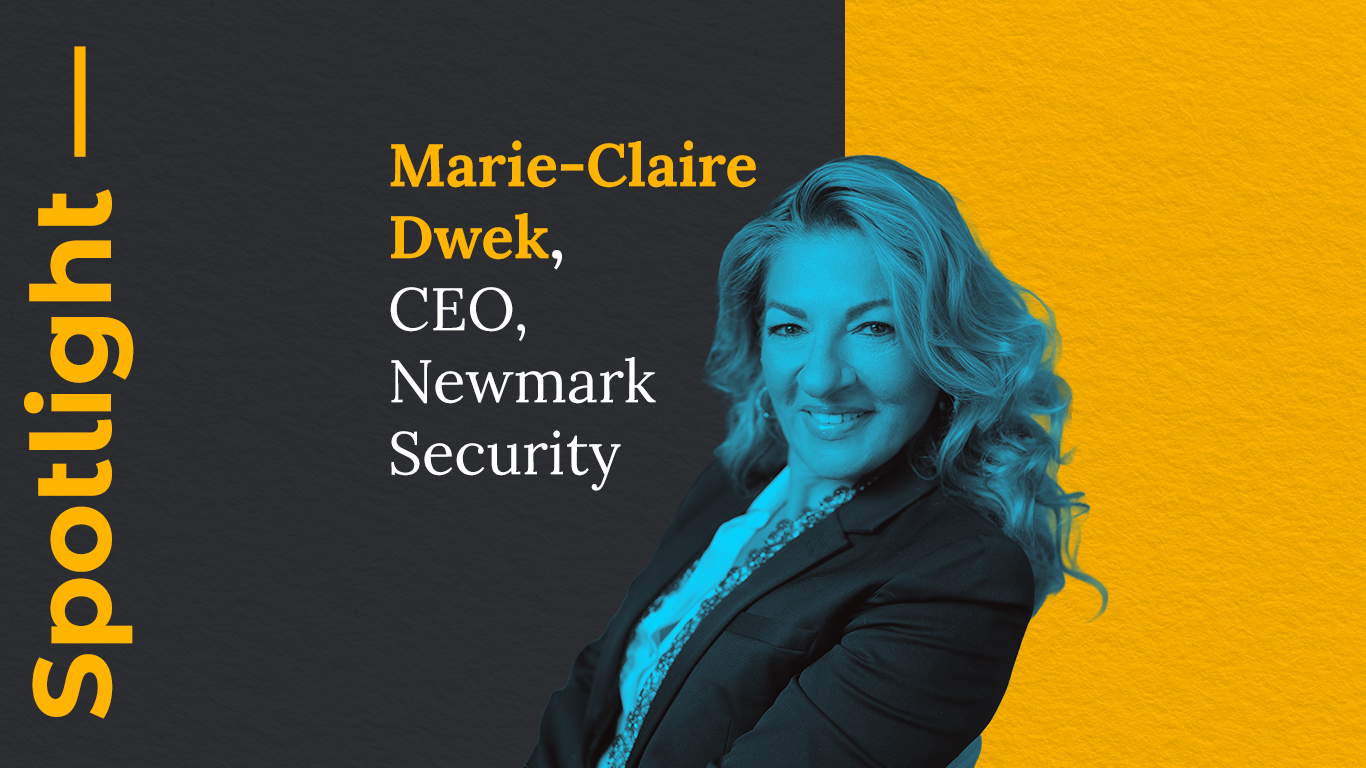The average FTSE 350 chief executive earned 52 times more than a median UK employee last year, according to new analysis published by the High Pay Centre.
In its five-year review of mandatory pay ratio reporting, the thinktank found that the median CEO in the FTSE 350 received total pay of £2.52 million in 2023–24. Among FTSE 100 companies, the median CEO-to-median employee ratio was higher, at 78:1. When compared to the lower quartile of employees, that figure rose to 106:1.
The figures are based on disclosures mandated by UK law since 2019, which require large listed companies to compare the pay of their top executive with workers at the 25th percentile, median, and 75th percentile of UK employees on a full-time equivalent basis.
The latest data reflects a slight decrease in the median FTSE 350 ratio, down from 54:1 the previous year. However, the High Pay Centre warned that movements in the ratio may not reflect changes to employee earnings alone. In its report, the thinktank stated that “reductions in the headline ratio don’t always mean workers are better off,” noting that outsourcing or redundancies could alter the composition of the workforce and therefore raise the apparent median wage.
Among individual companies, the widest reported gaps were at Mitie, where CEO Phil Bentley earned £14.7 million — a ratio of 575:1 — and Tesco, where CEO Ken Murphy received £9.2 million, equivalent to 373:1 on a median basis and 431:1 when compared to lower-quartile pay.
Other high ratios were reported by Ocado (281:1), GSK (262:1), and JD Sports (249:1).
The High Pay Centre also noted that median lower-quartile pay across the ten lowest-paying FTSE 350 companies had risen by £2,094 (11%) year-on-year, but said it was unclear how much of this was attributable to actual pay rises rather than workforce changes or minimum wage policy.
Since April 2024, the UK National Living Wage has been set at £11.44 per hour for workers aged 21 and over, in line with a policy to link it to two-thirds of median earnings.
In its report, the High Pay Centre called for the government to improve the scope and consistency of pay ratio disclosures. Among its recommendations were that companies be required to disclose ratios comparing CEO pay with contracted workers, such as those in outsourced facilities or services roles, and to explore “a maximum pay ratio between CEOs and the rest of the workforce.”
The report also cited investor pressure on some companies over executive pay. At Centrica’s 2024 AGM, 39.98% of shareholders voted against the company’s remuneration report, which included a £4.3 million package for CEO Chris O’Shea. At Tesco, 6.5% of shareholders voted against the same resolution.
The issue remains under scrutiny following the UK’s decision to scrap the EU-derived cap on banker bonuses in 2023. In March, British American Tobacco, Compass Group, Smith & Nephew, and the London Stock Exchange Group all signalled plans to rework pay structures for top executives in light of changes to bonus policy and international competition for talent.
The High Pay Centre has published updated data and interactive charts on its website, including time-series data on median pay ratios across the FTSE 350.




